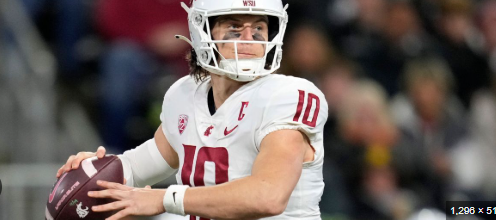The headline “Aston Villa and Bournemouth plotting move for Sunderland star” signifies significant interest from two prominent English football clubs in acquiring a standout player from Sunderland. This development has captured the attention of football enthusiasts and pundits alike, sparking discussions about potential transfers and the implications for all parties involved.
For Aston Villa and Bournemouth, both clubs with ambitions to strengthen their squads and compete at higher levels, targeting a star player from Sunderland represents a strategic move. Such players are often sought after for their proven abilities, potential for growth, and capacity to make an immediate impact on the pitch. The decision to plot a move indicates thorough scouting, evaluation of player performances, and alignment with the clubs’ tactical and strategic objectives.

Sunderland, a historically significant club in English football, holds a rich tradition and a dedicated fanbase. The potential departure of a star player to Aston Villa or Bournemouth could signify a shift in squad dynamics and strategy for Sunderland. It prompts considerations regarding squad depth, recruitment strategies, and the club’s ability to reinvest in new talent or reinforce other positions.
From the perspective of the star player involved, being targeted by Aston Villa and Bournemouth represents a significant career opportunity. Moving to either club could offer enhanced visibility, exposure to top-flight football, and the chance to compete in prestigious domestic competitions. It also presents a platform to showcase skills and potentially elevate their profile on a national or international stage.
For Aston Villa, a club with a proud history and recent ambitions for European qualification, acquiring a Sunderland star could strengthen their midfield or attacking options, depending on the player’s position and strengths. It reflects their commitment to building a competitive squad capable of challenging the top teams in the Premier League.
Similarly, Bournemouth, aiming to regain Premier League status after relegation, views signing a Sunderland star as a strategic move to bolster their squad depth and increase their chances of promotion. The player’s skills and experience could prove pivotal in helping Bournemouth achieve their immediate and long-term goals in the Championship.
In the broader context of English football, transfer activities involving clubs like Aston Villa, Bournemouth, and Sunderland generate excitement and speculation among fans and media. Each transfer window offers opportunities for clubs to reshape their squads, address weaknesses, and capitalize on emerging talent in the competitive landscape of the Premier League and Championship.
Ultimately, the potential move of a Sunderland star to Aston Villa or Bournemouth exemplifies the fluidity and strategic decision-making inherent in modern football. It underscores the importance of scouting networks, player development pathways, and the dynamic nature of player transfers in shaping the fortunes of clubs at various levels of the English football pyramid.
As negotiations progress and details unfold, football enthusiasts will closely monitor developments surrounding this potential transfer, eager to see how it unfolds and its potential impact on the clubs and players involved. The outcome will not only affect the immediate competitiveness of Aston Villa, Bournemouth, and Sunderland but also contribute to the ongoing narrative of ambition and evolution in English football.










